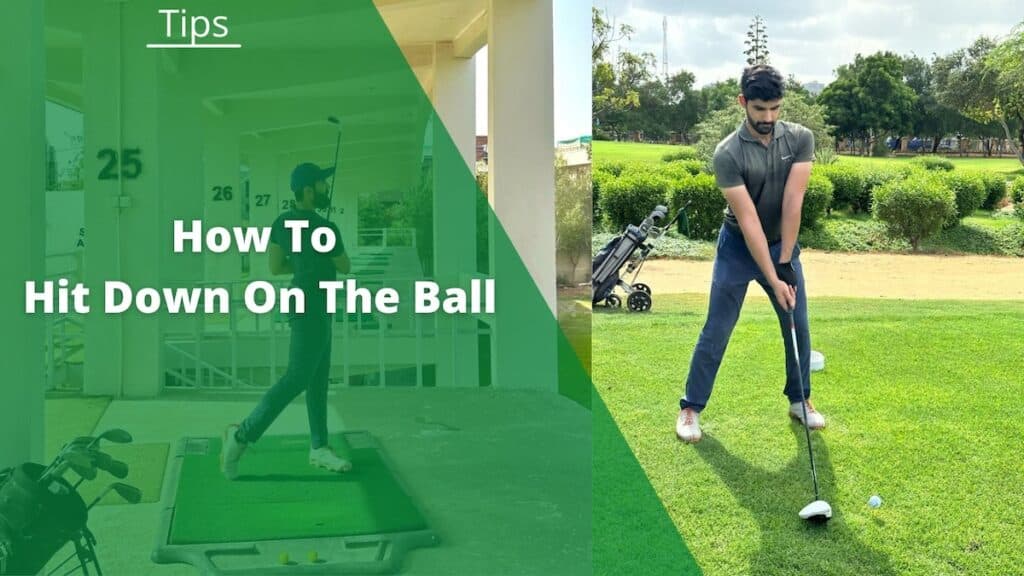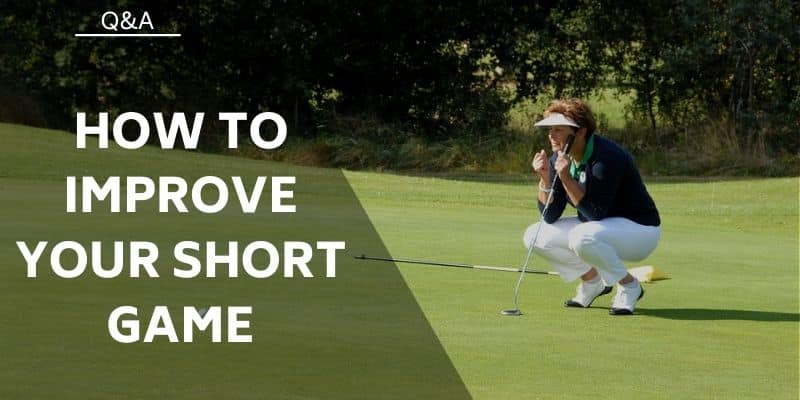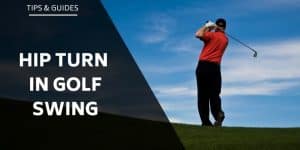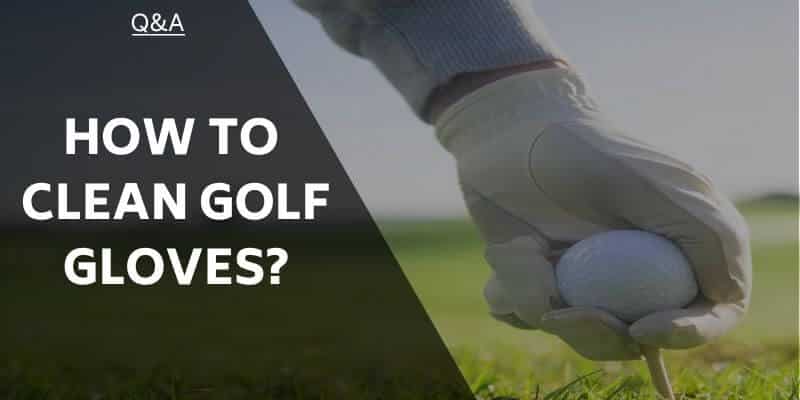To properly hit down on the golf ball, we all have to ensure our setup is correct, our weight transfers evenly, and our wrists stay cocked for as long as possible. Doing these few things will ensure your club head finds the front of the ball first to create loft and consistency with all clubs.
I’ve outlined the most important factors to understand to ensure these parts of your game are working correctly to hit down on the ball. Once you’ve absorbed those, you can move on to the below-mentioned drills.
With dedication and insight into why we hit down on the golf ball, you can improve your precision and shoot lower scores quickly.

1. Steeper Swing Plane
Beginner golfers tend to swing up at the golf ball to lift or scoop the ball in the air; this is the opposite of how to hit down on the golf ball. A steep swing plane contributes to a more downward strike on the ball; don’t be afraid to take big divots.
Instead of swinging the club around your body, focus on taking a steeper backswing and then driving the club down on the ball through impact. Visualizing a path that is more vertical rather than horizontal can assist in achieving this steeper plane.
2. Proper Address and Posture
A simple setup adjustment can encourage a steeper swing. This includes maintaining a slightly narrower stance, shoulders back, and weight slightly forward. Standing taller forces you to pick the club up more abruptly in your takeaway, leading to a steeper downswing.
Standing closer to the ball will also promote a steeper takeaway and downswing. However, don’t overdo it; if you start chunking shots regularly, it may be a sign that you’ve moved too close.
3. Ball Position
The ball’s position in relation to your feet can contribute significantly to consistent downward strikes. To ensure a downward angle of attack, position the ball slightly behind your usual position based on each club.
- To hit down on the golf ball with a driver, line the ball up just inside your front foot.
- To hit down on the golf ball with fairway woods, line the ball up 1-2 inches inside your front foot.
- To hit down on the golf ball with hybrids, line the ball up 2-3 inches inside your lead foot.
- To hit down on the golf ball with irons, line the ball up as close to the middle of your stance as possible. Long irons will require a similar alignment to hybrids.
This allows each club to reach the low point of its swing arc before striking the ball.
4. Proper Weight Transfer
Transferring weight properly from the back foot to the front foot is a common struggle for beginners and high-handicappers. During the downswing, shift your weight through the ball and onto the front foot, allowing it to compress the ball and create a more downward attack angle.
Again, it’s important not to overdo it. Your weight should only transfer from the inside of your back foot to the center of your front foot. Swaying too much will throw off your timing and create inconsistent ball striking.
5. Hands Ahead of the Ball
Ensuring your hands are slightly ahead of the ball at impact helps promote a downward strike. I often teach this along with setup because you can set your hands and shaft angle at the beginning and then not worry about it during your downswing.
This is especially important with mid-short irons and wedges. Having your hands and grip ahead of the ball at impact and striking it with a descending blow is how you create spin so your approach shots have more accuracy and can hold the green to leave you with a short birdie putt.
6. Create More Lag
This is a tricky concept to learn thoroughly, but the longer you can keep your wrists hinged in the downswing, the more efficiently you can hit down on the golf ball. This move also creates a lot of power by compressing the ball more at impact.
When practicing this move, don’t be surprised if you hit some thin shots or top a few first. This may seem counterproductive since we are trying to hit down on the ball, but once you get the timing down, you’ll see the improvements quickly.
7. Practice On Real Grass
Getting any kind of practice in will help you no matter what, but I always recommend visiting driving ranges with real grass when you want to effectively practice hitting down on the ball. Mats can give you a false sense of success if you mishit shots.
When you focus on hitting down on the ball, you’re bound to hit a few chunky shots; I’ve seen and hit plenty myself. When you hit behind the ball on a mat, your golf club bounces off it instead of digging in like it would on natural turf. As long as you know of this, you can use mats if real grass is unavailable.
Best Drills To Help Hit Down On The Golf Ball
Understanding the theory behind hitting down on the ball is only half the battle; the real work starts when you hit the range. You can expedite the learning process by using the drills I’ve assigned students for years. They are effective and easy for anyone to use.
Hit The Tee
- Use this drill with irons only.
- Push a tee in the ground 3 inches in front of your ball.
- When you swing, ensure your divot strikes the tee as well as your ball.
- Making contact with the ball and the tee will ensure you’re hitting down on the golf ball.
Standing On One Foot
- Use this drill with irons, hybrids, or fairway woods.
- No matter which club you choose, line the ball up with your front foot.
- Lift your back foot completely off the ground or just on your tippy toe, as long as no weight is on it.
- Take a practice swing before hitting balls to regain your balance.
- Only take half swings, as you don’t want to put too much strain on your lead leg.
- Focus on a short backswing with a full follow-through.
Divot Line
- Create divots on your target line by using alignment sticks.
- Each shot should produce a divot with good swings, generating a lot of compression on the ball.
- The divot should be parallel to the alignment sticks.
- This drill is excellent for iron shots.
- It’s also the most efficient use of the grass, as divot lines make it easier for the greenskeeper to rejuvenate.
Towel Placement
- This is for all clubs.
- Lay a towel down on the ground 5 inches behind your ball.
- This will promote a steeper golf swing to hit down on the ball.
- When using the driver, place the towel 7 inches behind the ball to allow for the larger clubhead.
- You can also use spray powder, which is more commonly used for footwear. Simply spray a line directly behind your ball to identify where you should not hit.
Summary—How To Hit Down On The Golf Ball
Hitting down on the golf ball requires proper setup, ball position, weight transfer, and wrist hinge. Thankfully, most people struggle with only one of these aspects. Use the drills above to address your specific issue and improve your consistency with hitting down on the golf ball.
We all have our favorite drill, but the one that always gets the best results is the one-foot drill. It helps with more than just hitting down on the ball and will improve your impact positions so you can shoot the best scores ever.
Clint is PGA-certified and was a Head Teaching Professional at one of Toronto's busiest golf academies. He was also featured on Canada's National Golf TV program, "Score Golf Canada," twice. He graduated with a degree in Golf Management from the College of the Desert in California and studied under Callaway's co-founder, Tony Manzoni. He has a handicap index of 6.2 and spends the winters near Oaxaca, Mexico, where he plays twice a month at the Club de Golf Vista Hermosa. He's written over 100 articles at GolfSpan since 2021. You can connect with Clint at LinkedIn, FB, his website, or Clintcpga@gmail.com.







